Understand
Tigray, a province of rich Ethiopian culture and history, holds a significant place in the country's heritage. This is the land where countless wars have been fought, symbolizing the indomitable spirit of independence, especially after defeating Italy in 1896. Tigray is the birthplace of Ethiopian religion, music, alphabet, and sovereignty. The Tigray people proudly speak Tigrigna as their mother tongue. The complex relationship between Tigray, Eritrea, and Ethiopia adds to the region's intriguing story. As the uprising against the Derg Regime originated in Aksum, Tigray played a pivotal role in the seventeen years of war. Eventually, the military junta was replaced by a federal system, and Eritrea gained independence from Ethiopia in 1993 with the support of Tigray. However, this led to a two-year border conflict between Ethiopia and Eritrea. The question of whether Tigray should remain independent or be part of Ethiopia continues to fuel heated debates and lingering resentments. For nearly 2000 years, Aksum served as the capital, shaping Ethiopian culture, religion, and history. It wasn't until the 19th century when Emperor Yohannes IV moved the capital from Gondar to Mekele, taking advantage of the region's invaluable salt fields, that Tigray regained its prominence. The salt exports brought wealth and enabled Ethiopia to acquire weapons, forging alliances with French traders in Harar (one of whom was Rimbaud) and securing Russian support against the Italians in the historic Battle of Adwa in 1896. This victory established Ethiopia as the first African nation to resist colonization.
Map & Climate
Popular Foods
 Injera is a sourdough flatbread that serves as a staple food in Ethiopian cuisine. It's made from teff flour, a tiny grain that's high in nutrition, and has a distinctive tangy flavor. Injera is typically prepared by fermenting the dough for several days before cooking it on a clay pan until it forms a slightly spongy, porous texture.
Injera is a sourdough flatbread that serves as a staple food in Ethiopian cuisine. It's made from teff flour, a tiny grain that's high in nutrition, and has a distinctive tangy flavor. Injera is typically prepared by fermenting the dough for several days before cooking it on a clay pan until it forms a slightly spongy, porous texture.  Doro wat is a spicy chicken stew that is widely enjoyed in Ethiopia. It consists of tender pieces of chicken simmered in a rich, red sauce made from berbere spice blend, onions, garlic, and various other spices. Nuggets of ghee (clarified butter) float on the surface, adding a depth of flavor and a hint of richness to this dish.
Doro wat is a spicy chicken stew that is widely enjoyed in Ethiopia. It consists of tender pieces of chicken simmered in a rich, red sauce made from berbere spice blend, onions, garlic, and various other spices. Nuggets of ghee (clarified butter) float on the surface, adding a depth of flavor and a hint of richness to this dish. 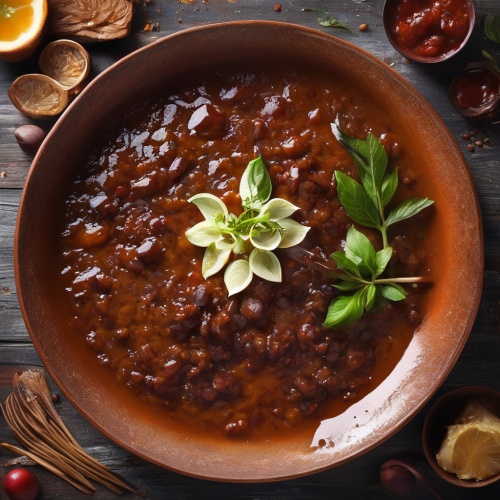 Misir wat is a popular vegetarian dish in Ethiopian cuisine, consisting of reddish lentils simmered in a savory, mildly spiced gravy. It is made using berbere spice blend, onions, garlic, and other aromatic ingredients. The lentils are cooked until they're tender and blended with the sauce, creating a thick, hearty stew.
Misir wat is a popular vegetarian dish in Ethiopian cuisine, consisting of reddish lentils simmered in a savory, mildly spiced gravy. It is made using berbere spice blend, onions, garlic, and other aromatic ingredients. The lentils are cooked until they're tender and blended with the sauce, creating a thick, hearty stew. 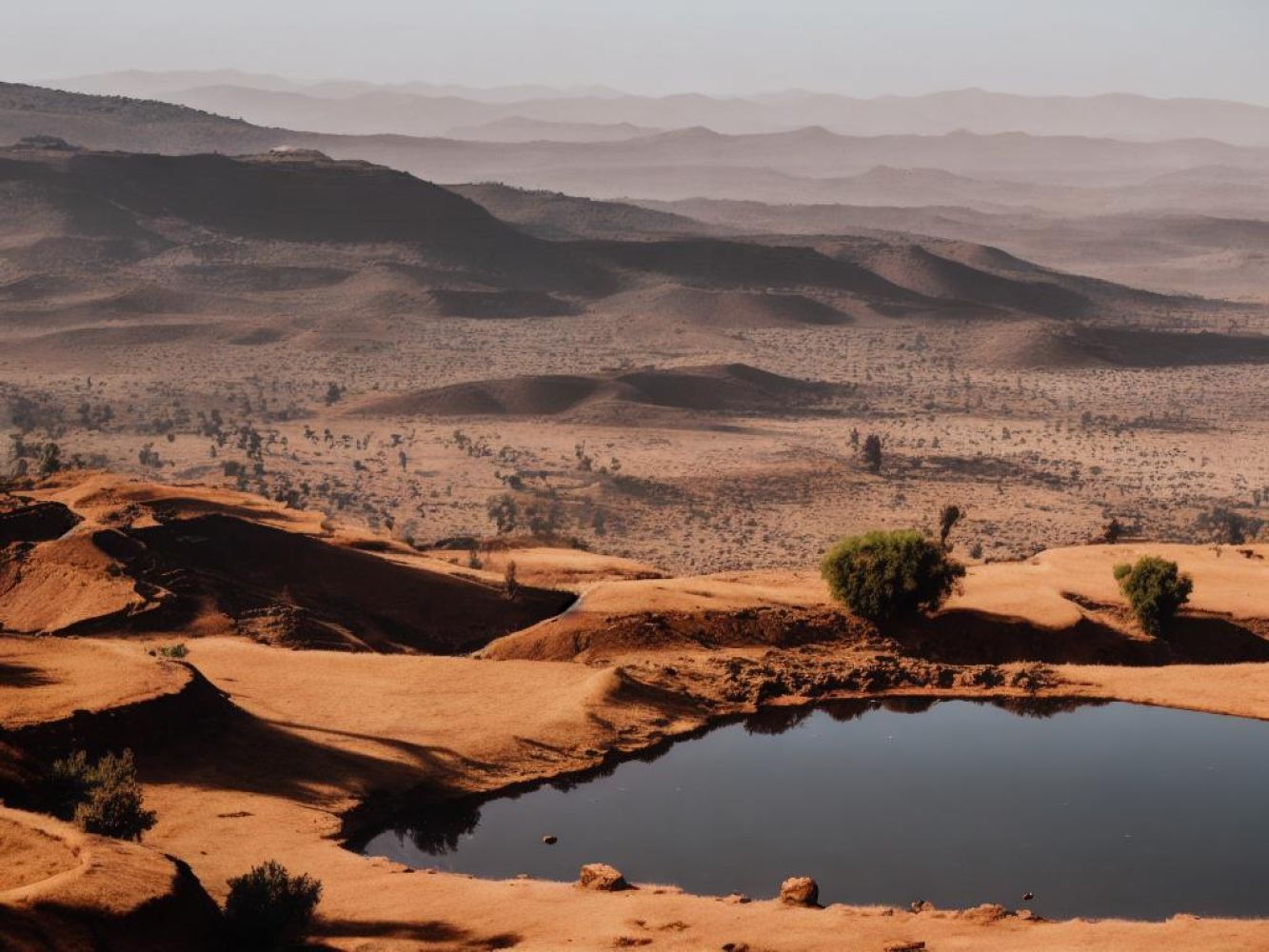
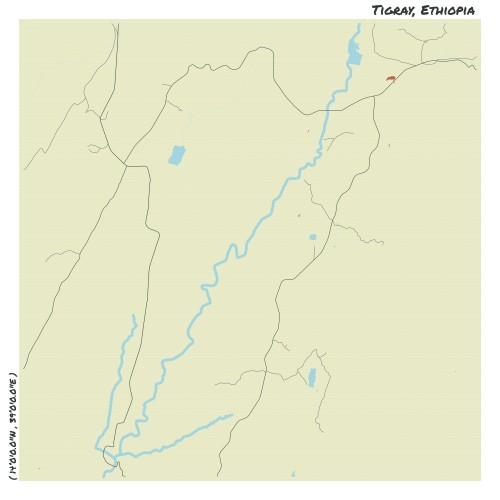

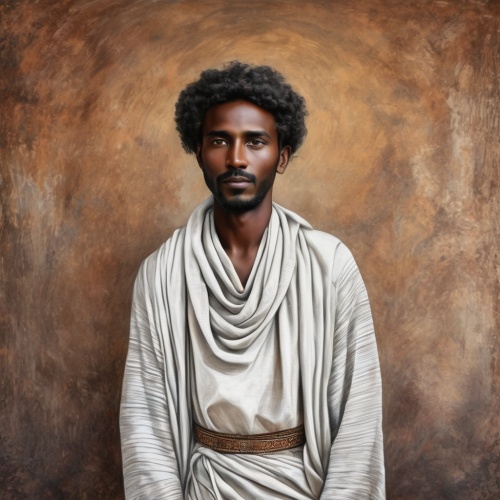
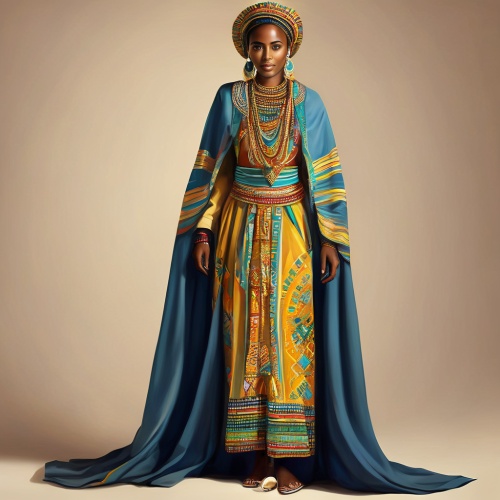
Comments
NO COMMENTS